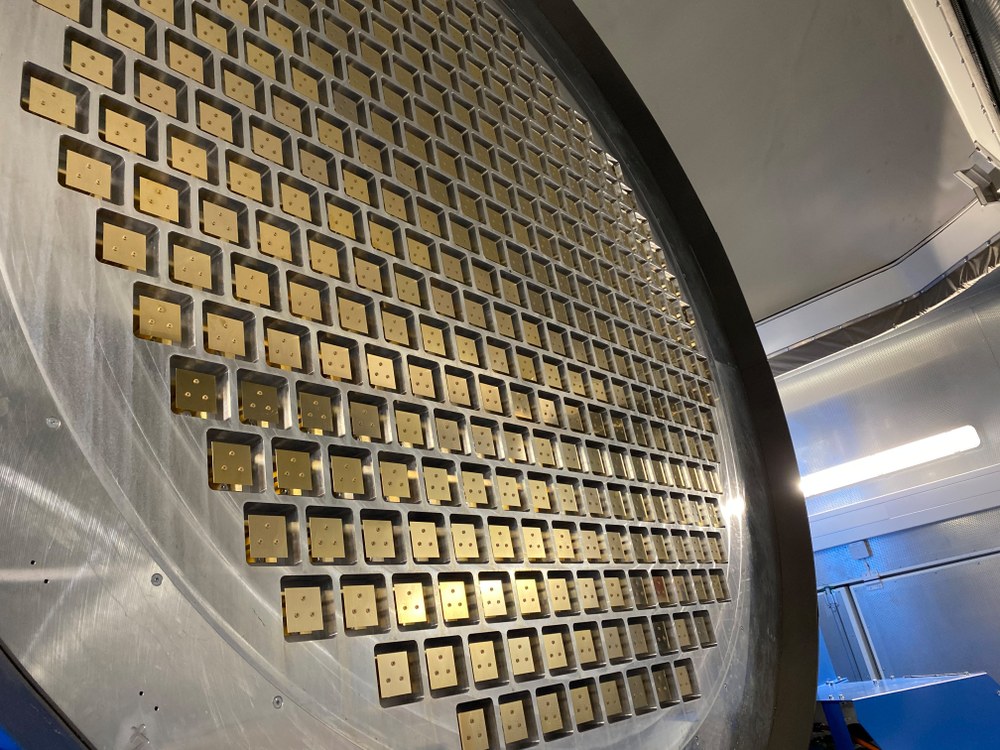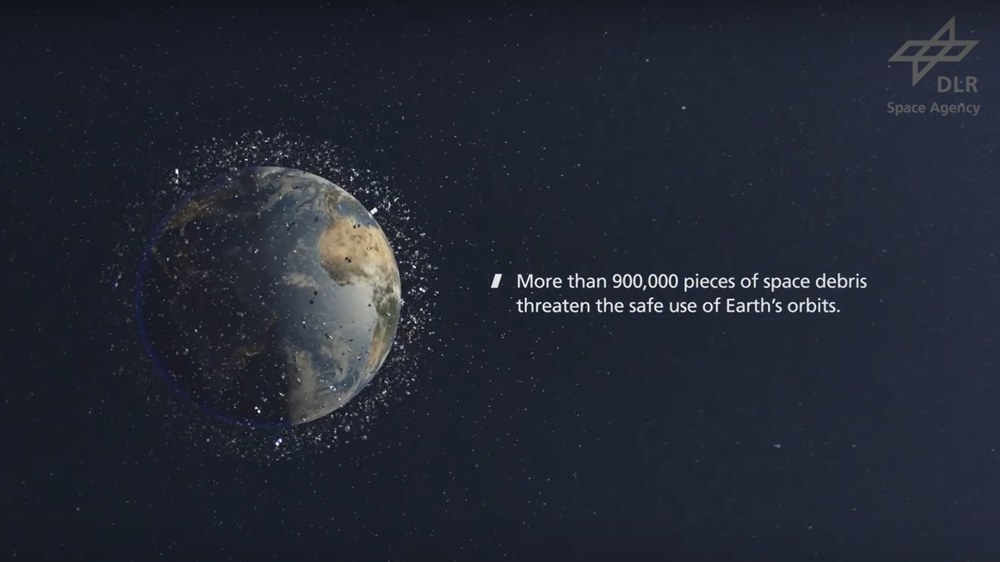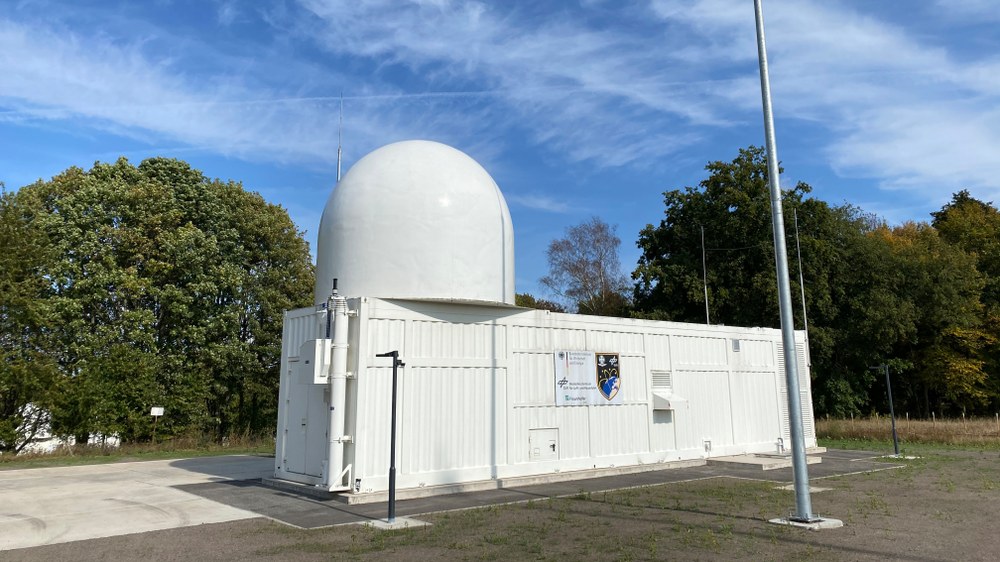GESTRA
GESTRA is being operated in the microwave range and observes the low Earth's orbit in altitudes of around 300 to 3,000 kilometers – the range in which most satellites and the ISS are located. The system has been undergoing testing since January 2021 and was put into early operational use in 2024.

Building up a national and the European orbital data catalogue
The data obtained by GESTRA is used to create a national orbital data catalogue. This catalogue will list and continuously update data on all recorded objects whose track could be determined with the help of GESTRA.
In addition, as part of the EU SST (European Union Space Surveillance and Tracking) project, the European orbit data catalogue is being buildt with the help of GESTRA data as well as other sensors. It is used for services such as collision avoidance and re-entry prediction. In future, the GESTRA data will also be made available for scientific research projects.
One of the special features of GESTRA is the transportability of the system. It consists of two containers in which the transmitter and receiver units are housed. This division means that it can be transported to the installation site by heavy goods vehicle. The two units are set up there at a distance of around 100 metres. The system is located on the Schmidtenhöhe near Koblenz.

Video: Space debris as a threat to space flight - greater safety thanks to the GESTRA space radar
Your consent to the storage of data ('cookies') is required for the playback of this video on Youtube.com. You can view and change your current data storage settings at any time under privacy.
256 individual antennas enable a high degree of flexibility

One advantage of GESTRA is the highly flexible and rapid alignment of the radar beam. The transmitting and receiving systems each consist of 256 individual antennas, which are embedded within a circular flat surface.
The signals from the individual radiators can be linked in such a way that the desired beam direction is set in fractions of a second. Both antennas can also be aligned in any desired direction. The data recorded by the system is collected and analysed by a radar processor and then transmitted to the Space Situational Awareness Centre in Uedem, from where GESTRA is operated by the German Space Agency at DLR.
GESTRA was developed by the Fraunhofer Institute for High Frequency Physics and Radar Techniques (FHR). It was financed by the German Space Agency at DLR with funds from the Federal Ministry of Economics and Climate Protection (BMWK). The radar system is operated from the inter-ministerial Space Situational Awareness Centre in Uedem, which is financed by the BMWK and the Federal Ministry of Defence (BMVg). The BMVg is responsible for providing the site and financing the operation.

